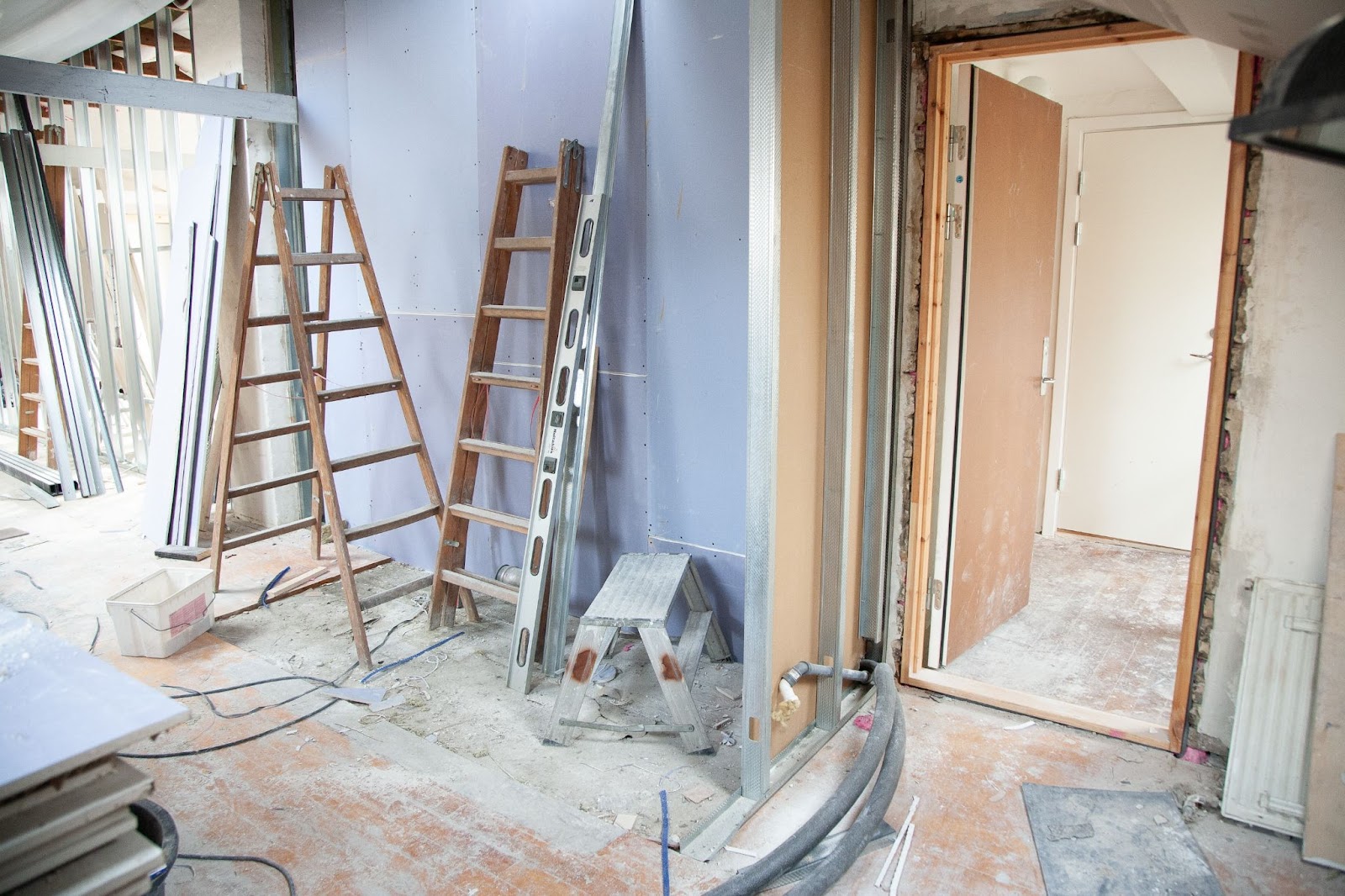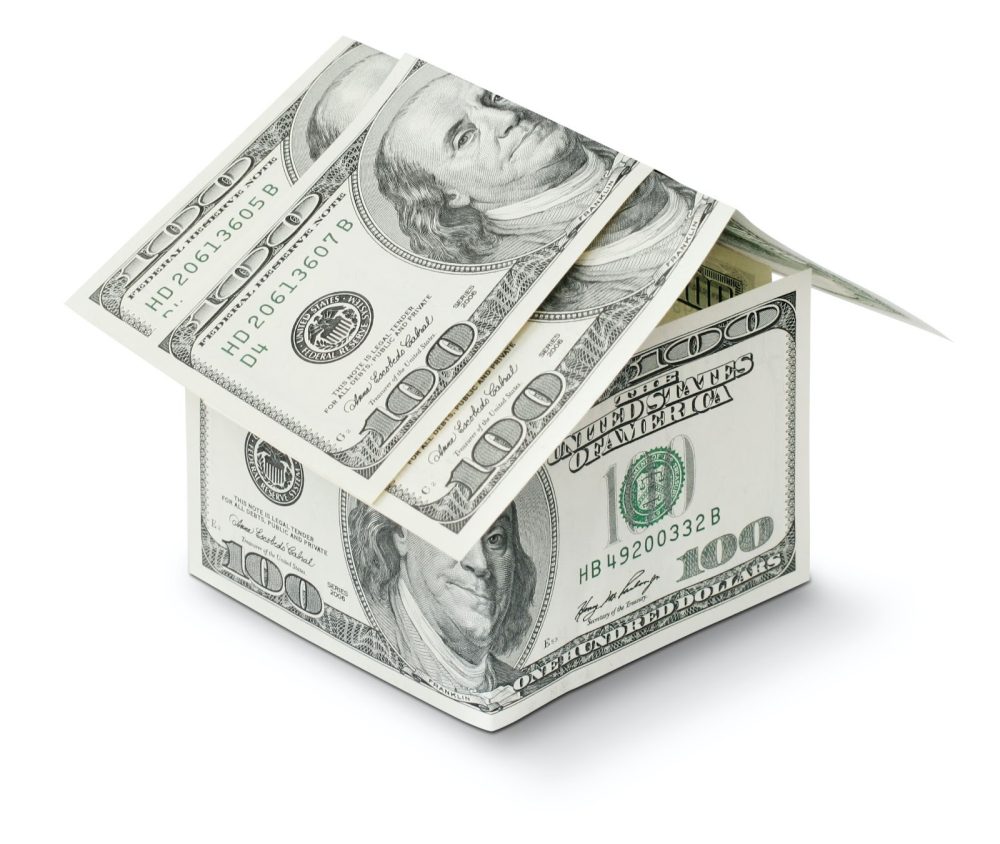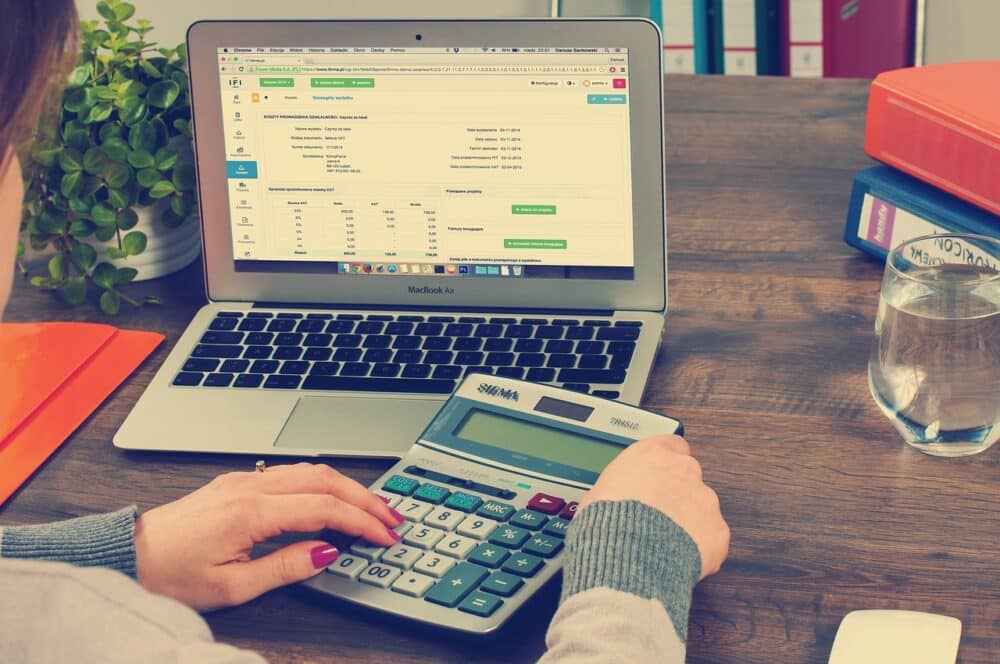
How to Design Your Home Renovation Business Cards

Designing home renovation business cards?
You’ll want to put a lot of thought into their design.
Sure, a bland card with your name and phone number will serve its purpose, but a well-designed business card will help you stand out from your competitors.
So, how do you design a card that leaves a lasting impression?
Let’s discuss the makings of a good business card.
The Elements of a Good Business Card
Every effective business card does two things:
- Provides important contact information
- Instills trust in potential customers
The first part is easy; you could write your name and contact info on a napkin and call it a business card if you wanted.
The second part is where it gets tricky; you’ll need a professional design that shows customers they can trust you with their home remodel.
Considering each of the elements below will help you design a card that generates business:
Font
Ask yourself these questions when choosing a font:
- Is it easy to read?
- Does it fit your brand?
Too often, business owners try to impress their clients with fancy fonts.
Or, they use small print to squeeze as much info onto their cards as possible.
Both of these tactics are ineffective. A good font should convey your card’s message in just one glance.
Fonts can make or break a business card. Read this quick article to brush up on the rules of choosing the right font,
Color
You need to choose at least two different colors for your business card: one color for the background and one for the text.
Your business card’s background color should not overwhelm the eyes, so stay away from neon pink or green.
Your text needs to pop off the card, so choose a color that contrasts the background.
You wouldn’t want to choose a charcoal-colored background with gray text — you’ll have clients squinting so hard their eyes hurt.
You’ll also want to choose colors that complement your logo. Any images should match the color scheme.
Of course, all should be in line with your established brand.
(If you don’t yet have an established brand, now would be a good time to think about branding. Read ten reasons why branding is so important for businesses here.)
Material
Next, you need to choose what type of material you want to use to create your business cards.
There is always the traditional cardstock to fall back on, but let’s think outside the box.
As a home renovator, you understand how every material has a different visual and tactile impact. Think about this as you consider business card materials.
For instance, you might print your business cards on a non-traditional material, like metal, rubber, or plastic. Any of these options would provide an unexpected and memorable experience for your potential clients.
Shape
When it comes to the shape of your card, it’s best to stick with the traditional rectangle so it fits easily into a wallet.
Feel free to add some personality by curving the edges for a softer look or die-cutting your logo into the card.
Alternatively, you can take a unique approach to your card’s shape. For example, you could design your card in the shape of an A-frame house to fit your handyman brand.
If you take this route, make sure your cards fit comfortably in a wallet sleeve, so your prospects don’t throw them out right away.
Size
The standard North American business card size is 3.5 × 2 inches. This is by no means a set rule, but it does fit well in most wallets.
You can decide to follow the standard for its obvious benefits or choose to be different. There’s no right or wrong here (within reason, of course). No one wants to carry around a great big or itty bitty business card.
Just don’t forget to consider the bleed line, trim line, and safety line in your design.
Design
Remember to design both the front and the back of your card.
Create a design that will draw the eye. The trick is to instill curiosity so that people want to pick up and read your business card, even if they see it from a distance.
Although it may be tempting to cram as much information on your card as possible, your design mustn’t be cluttered. Effective business cards are easy to read.
Consider your target market and make it speak to them.
Is your target customer the upper crust of businessmen? Perhaps you can tickle their fancy bone with foil embossing on your card.
Maybe your home renovation business focuses on smaller jobs. A minimalist, no-fuss card design may be your best choice.
You can also showcase your specialized skills on your business card. If renovating bathrooms or kitchens is your thing, your business card should reflect that.
Also, your design should match your renovation style. If most of your work is traditional, your card should have a conventional look.
If you focus more on modern design, your card should also be modern.
Are you into luxury home renovations? Make sure your card looks luxurious!
Finishing Touches
After you are happy with your card’s font, color, shape, size, material, and design, it is time to make some finishing touches.
- Embossing
- Foil stamps
- Scented ink
- Transparencies
- Matte
- Varnish
You can apply most of these stylistic choices to individual elements or the whole card. For instance, printing a varnished logo on a matte background creates a dynamic and memorable look.
Ask your printer for samples to help you choose a final design.
There are many business card finishes to consider. Read these choices to decide which is right for you.
What to Include on Your Business Card

Now that you understand how to design your card, let’s talk about the information/elements to include in it:
Logo
If nothing else, your card should display your logo loud and proud. A logo is an easily recognizable image that is unique to your company.
If you have yet to design your logo, Sprout Social has a great article on the steps to take to do this right.
Then head over to Canva and create a one-of-a-kind logo to use on your business card.
Contact Info
All business cards should include the following:
- Your name
- Name of your company
- Company address
- Company phone number
You should also include your website URL and your name/handles for any social media accounts (Facebook, Instagram, LinkedIn, YouTube, Twitter, etc.).
Tip: If you haven’t yet developed a social media presence for your company, it is highly advisable. It’s free and a great tool for growing your business and connecting with potential clients.
Licenses and Certifications
It is always good to include any licenses that you hold on your business cards.
Most homeowners trust licensed professionals more than unlicensed professionals.
If you are licensed in contracting, roofing, plumbing, or HVAC, proudly display that on your cards.
Don’t be ashamed to display on your business card any certifications, either.
Check out NARI’s website to learn where you can take classes and earn certifications in your city.
What Not to Include on Your Business Cards
We’ve covered what to include on your business card. Now let’s discuss what not to include.
We’ve already touched on the fact that no one should have to squint to read your business card. Hard-to-read text is the worst thing you can put on it.
Next, your business card should be free from typos to keep it looking professional. Make sure to carefully check your card template before you approve the printing.
At times, your contact info may change. It’s tempting to hand-write your new contact info on your card to avoid the cost of new ones. Resist this temptation; it looks tacky.
Overall, your business cards need to be easy to read and pleasant to look at. There should be no blurry images, and the design shouldn’t be too cluttered.
Tip: Don’t include any specific pricing information on your business card. The goal is to get people to contact you, at which point you can start to discuss pricing.
Similar: How to Answer the Question: How Much Do You Charge?
The Best Themes for a Home Renovation Business Card
Every business has certain themes and imagery that go along with it. For companies in the home renovation industry, those images relate to real estate, carpentry, and home improvement.
A business card designed with those ideas in mind will resonate with your customers.
Certain business card templates will suit your business well.
Here are five of the best examples we could find:
Picture Background
A business card with a picture background allows you to showcase your construction company’s previous work. It’s like a business card and a mini flyer in one.
This type of home remodeling business card lets the background image do a lot of the talking. It can also help to explain your niche market by displaying an image related to your construction services.
Construction Clipart
Sometimes the best route to take is the simplest. For a cheap and to-the-point construction business card, use a simple but relevant illustration.
You can keep the cost low by using clipart, and you might still have a budget left over to add some finishing touches.
Minimalist Design Template
A minimalist look is not only effective but super easy to pull off.
The trick is to keep all information to a minimum and highlight only your business logo on one side.
This template is easy to make. You can either DIY your design or use a template on Canva, Zazzle, or Vistaprint.
After that, it’s just a matter of dragging, dropping, and possibly resizing your logo template.
Trompe L’Oeil
Trompe l’oeil is a design technique that makes a flat surface look like something else. It draws interest and creates a lasting impression, making it an effective tactic for contractor business cards.
For example, you can create a business card that resembles the marks of a blueprint.
The card itself would be that unmistakable blue, and the text would be white. It should have some distinct blueprint markings and measurements to seal the deal.
Another option is to make your card resemble a portion of a measuring tape. It should feature black text on a yellow background with lines on the top and bottom, just like a measuring tape.
You can also use a background image that resembles the surface of a brick wall or planks.
Interactive
If you want to stand out, you can get super creative and add an interactive element to your business card.
Check out other companies who thought outside the box with their business card designs here.
Related: Our List of the Best Credit Cards for Contractors
How to Use Your Business Card as a Sales Tool

Once you have your business cards in hand, how can you use them to secure more clients?
Here are three ways to use your new cards as a sales tool:
QR Code
The use of QR codes has increased exponentially in the last decade.
Although many people aren’t even aware of how to use these small graphics, those that do can receive much more information than you can fit onto your business card.
Understandably, even you may not know how to use a QR code, in which case you probably don’t know how to create one. Why not spend a couple of minutes learning how these handy graphics work here?
If you still aren’t convinced you should include one on your business card, Vistaprint has plenty to say about it in this article.
Slogan
A slogan is a memorable phrase that can easily keep your business at the forefront of people’s minds.
If your business doesn’t have a slogan yet, you can create one now. Read these seven tips on how to do just that.
Discount or Offer
You might include a discount or promotional offer on your business card (ex. “Show this card for 10% off!”) to double your card’s use value.
People love to save money, and if your business card gives them that ability, you only increase your chances of earning their business.
This article has some great info on how to add customer value to your business cards.
You need a good business card to present yourself as a credible and trustworthy professional.
With the tips and ideas above, you can create your unique business card to present your services in the best light possible.
You can also use the three sales tactics listed to increase the value of your business cards. With each card you hand out, you’ll have a higher chance of seeing a return on your investment!
As you build your home renovation business, don’t forget you must protect yourself and your company in the process. Join Selfgood to take advantage of health and wellness benefits and legal and financial services tailored to small business owners.
Subscribe To SelfGood
Get up to date perks and Gigworker news. Easy. Simply. SelfGood. Subscribe.





